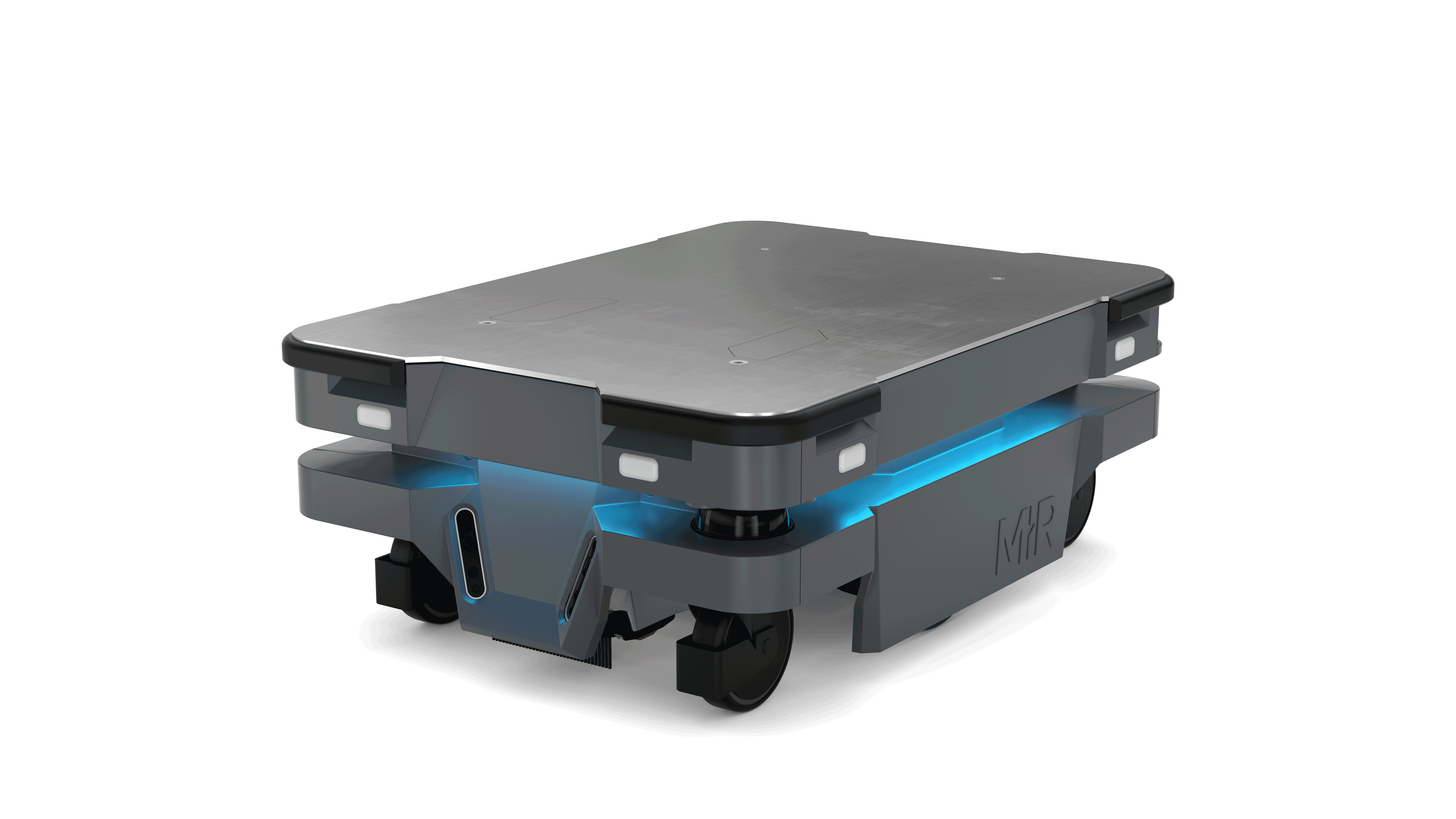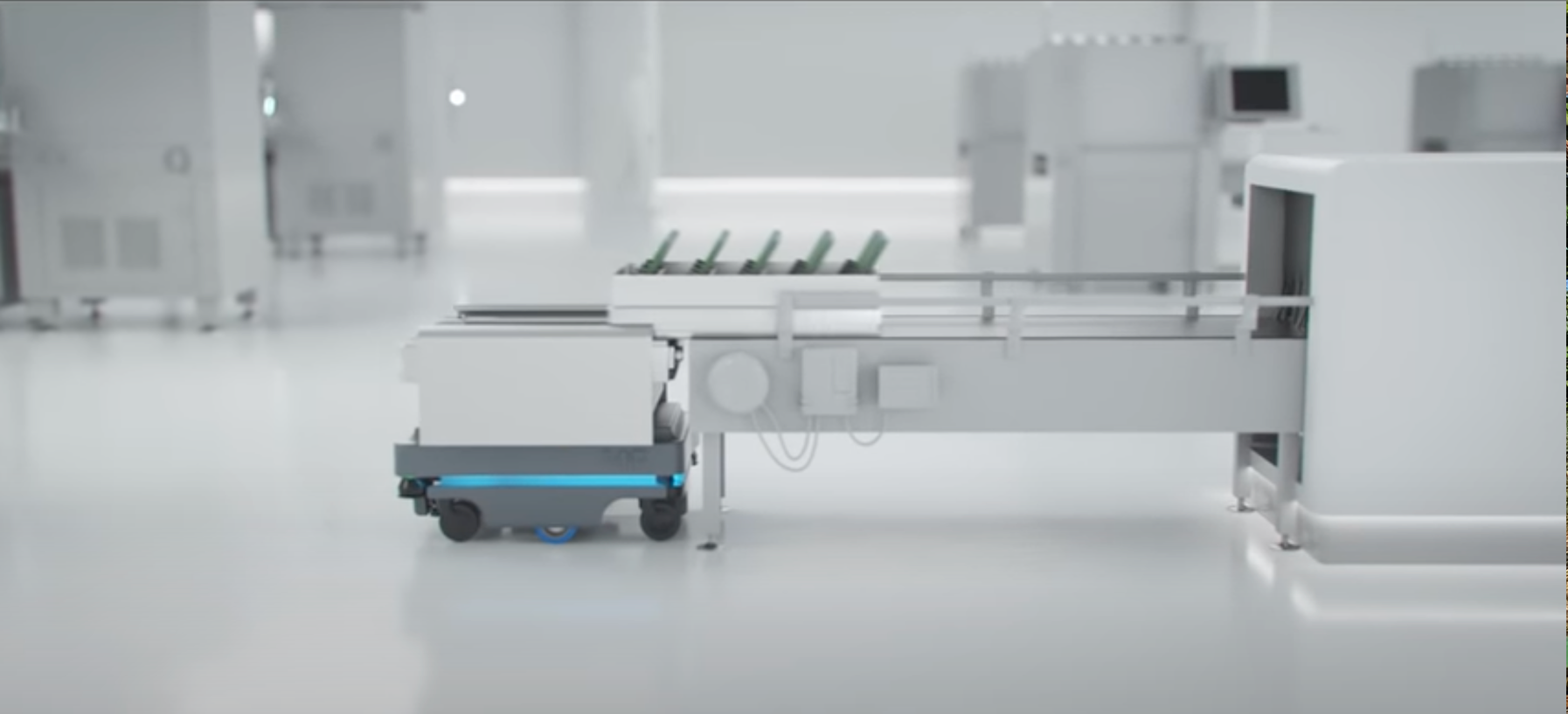In recent years, the logistics industry has expanded at an unprecedented rate, thanks to increasing expectations from e-commerce consumers. However, finding workers who are willing or available to take on a job in logistics is proving to be a serious threat. And the problem doesn’t just apply to jobs related to manual work on the shop floor, but also at a more academic or skilled level. To mitigate the labor shortage logistics companies are turning to robotic automation to boost productivity of the existing workforce like autonomous mobile robots (AMRs). However, companies are finding the benefits of adding AMRs to their facilities go further than this:
turning to robotic automation to boost productivity of the existing workforce like autonomous mobile robots (AMRs). However, companies are finding the benefits of adding AMRs to their facilities go further than this:
Increase appeal of workplace
The intuitive, safe and sophisticated AMR can take on risk-prone or repetitive tasks, reducing the likelihood of workplace injuries or job dissatisfaction. Not only does this create a safer environment, it also allows skilled staff to swap the time spent on less interesting and rewarding tasks, for complex, more appealing ones. This combination helps create a more appealing workplace aiding the recruitment and retention of the necessary workforce.
Optimize workflows
In the highly pressured 3PL industry, an optimized and responsive workflow is essential for success. The autonomous mobile robots from MiR use sophisticated programming technology, scanners and cameras to make optimal decisions at all times. The AMRs remove human error and the need for as many inventory checks, meaning 3PL providers can see shorter and more responsive workflows with reduced bottle necks. The collaborative nature of the mobile robot also means that it can safely work alongside its human counterparts, responsibly optimizing productivity. By keeping flows and processes tight and responsive, AMRs provide can provide huge value to the 3PL industry.
Cost optimization
From fines and reputational damage, to lost workdays and damaged equipment, it can be hard to calculate the true cost of workplace injuries. Recent statistics place the figure between $52 billion and $60 billion a year for injuries in the US, but it’s not just the direct costs, but also decreased productivity and increased employee turnover as well. By implementing AMRs from MiR, which use a multi-sensor safety system to avoid collisions, businesses can see significant cost optimization.
Fighting the future with AMR
As the need for increased supply chain flexibility and efficiency intensifies, the adoption of autonomous mobile robots accelerates. The latest industry findings show that by 2021, 58% of logistics providers will use AMR. By 2024, this number will hit 100%.

How AMRs Address Skilled Labor Shortages in Material Handling
- Home
- Knowledge Center
- How AMRs Address Skilled Labor Shortages in Material Handling
Leave a Reply
Join the conversation and submit your comments or questions.
Popular Posts
Related Posts
Continue reading and explore more of these industry-leading resources.
Rohan Gaglani
30 April, 2024
Autonomously Tow What You Don't Want To Lift
Over the past decade, companies of all sizes have experienced monumental shifts in the…
Rohan Gaglani
27 March, 2024
Accelerating Automation Returns with MiR's ROI Calculator
As the landscape of industrial automation continues to evolve, the return on investment (ROI) for…

